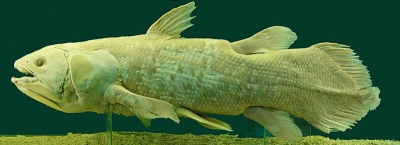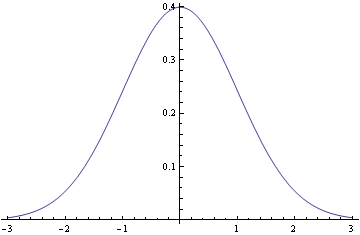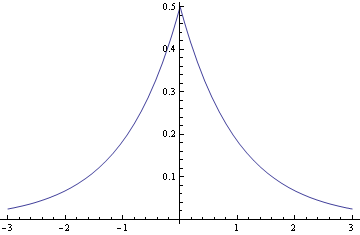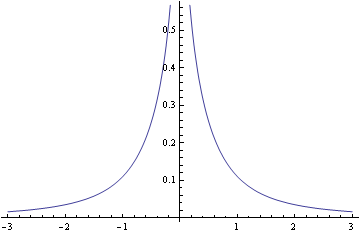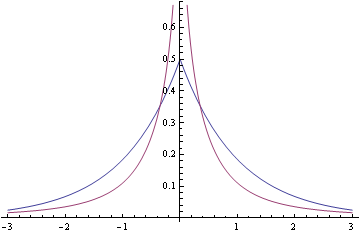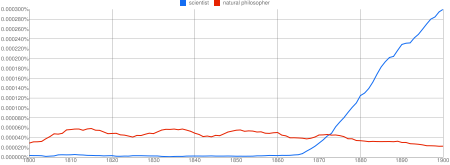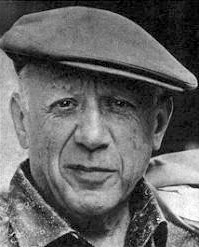When I started my first job as a programmer, I was surprised how much time my colleagues spent at their computers. Of course a computer programmer needs to spend a fair amount of time sitting at a computer, but why did people spend nearly 100% of their time in front of a monitor? This seemed strange to me since I hadn’t worked this way before. I had always alternated thinking away from a computer and sitting down at a computer.
I was even more puzzled when the network went down, which it often did. Half of us worked on Windows PCs and half worked on Unix workstations. When the network was down, the PC folks kept working because they had self-contained local work environments.
But the Unix folks would stand in the halls until the network came back up or go home if it looked like the network wasn’t going to come up soon. They had computers on their desks, but these were primarily used as terminals to connect to servers. So without a network, the Unix folks essentially had no computers. Everyone agreed that meant they couldn’t get any work done. That seemed bizarre to me.
At that time, I knew how to program, but I knew almost nothing about professional software development. Many of my ideas were naive. But looking back, I think I was right about one thing: programmers need to stand up and think more. Too often, that’s the last thing we do.
Related links:

